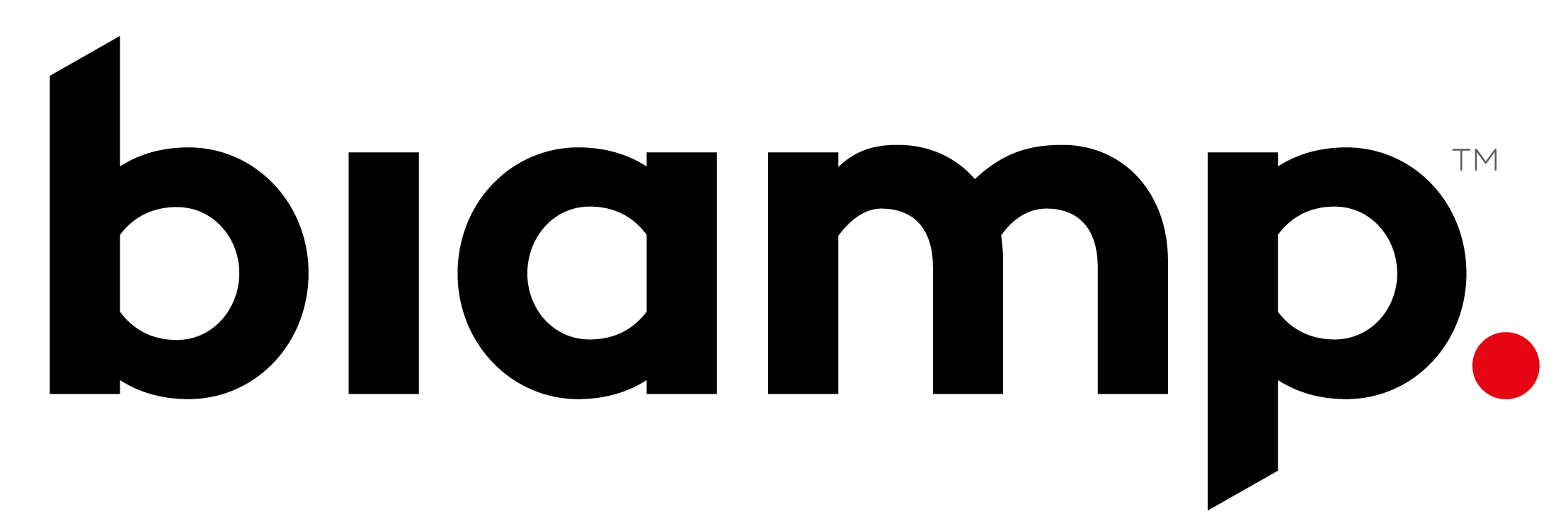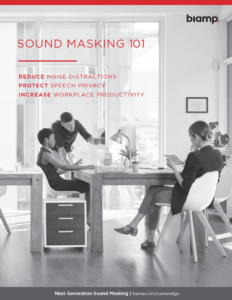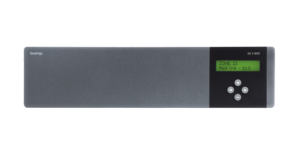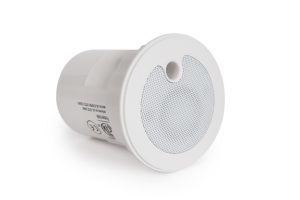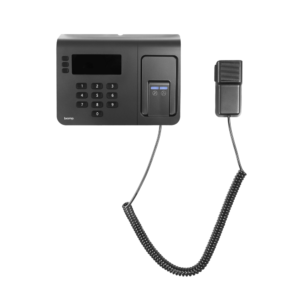Lencore (a U.S.-based provider of sound masking solutions and one of Biamp’s sound masking competitors) has heightened their push to spread the claim that the National Fire Protection and Signaling Code 72 (NFPA 72) requires all standalone sound masking systems to be comprised of UL2572 listed components.
Lencore’s claim is false — pure and simple.
The facts:
- Standalone sound masking systems DO NOT need to be UL 2572 listed. NFPA 72, in its entirety, does not dictate requirements for standalone sound masking systems.
- Control units used in the deployment of Mass Notification Systems, such as Emergency Communications Systems, are required to be UL 2572 listed. Standalone sound masking components ARE NOT subject to this requirement.
- Some local Authorities Having Jurisdiction or building codes may still require that a sound masking system be disabled in the event of an emergency. QtPro and DynasoundPro products both have hardware provisions for such connections. No special UL listing is required for the components to facilitate such a connection because the life safety system initiates and supervises the relay circuit to disable the sound masking signal.
For more facts about what the NFPA 72 does and does not require with regard to sound masking installations, check out the following information:
- Former chairman of the NFPA 72 technical committee provides an unbiased view of the necessary sound masking code requirements
- NFPA and Sound Masking: Fact and Fiction
- Disabling Sound Masking in an Emergency
It’s important to note that Biamp has integrated Cambridge sound masking technology into its SageVue 2.1 browser-based monitoring and management platform. Now AV technology managers can use the same powerful, IT-friendly tools and customizable user interface to efficiently monitor and administer Cambridge equipment alongside Tesira®, Devio®, and Crowd Mics™ systems.
Lencore’s i.NET sound masking technology does not provide the ability to integrate system monitoring and administration into a centralized AV system control platform…yet another huge advantage in Biamp’s favor.
